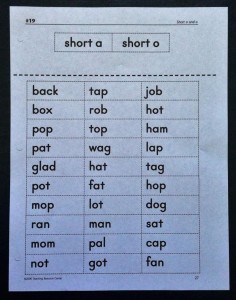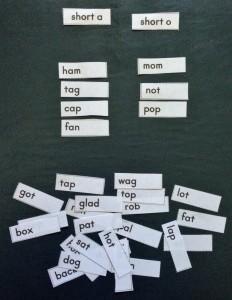by C. Elkins, OK Math and Reading Lady
This part of my phonics series will focus on some beginning strategies to help student apply letter-sound knowledge with predictable cvc and cvce words. Knowledge of onsets and rhymes, use of Elkonin sound boxes, the “Drive-Thru” and “The Arm” strategies are 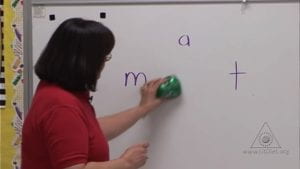 wonderful methods to accomplish this. We will look at separating sounds (segmenting), combining sounds (blending), and ways to connect to spelling/writing using these methods. Plus, I will recommend some resources to help with teaching and practicing this in your classroom.
wonderful methods to accomplish this. We will look at separating sounds (segmenting), combining sounds (blending), and ways to connect to spelling/writing using these methods. Plus, I will recommend some resources to help with teaching and practicing this in your classroom.
Students are ready for segmenting and blending when they have a good concept of word, which includes these phonological awareness routines:
- Fun with words: rhyming, tongue twisters / alliteration
- Familiar with syllables: clapping or counting # of word parts
- Hearing and identifying # of words in a sentence: Concept of spoken word is important as a beginning reader so students track under each word a word at a time, not a syllable at a time. Example: In this pictured sentence, does the child keep their finger under “apple” until it is done?
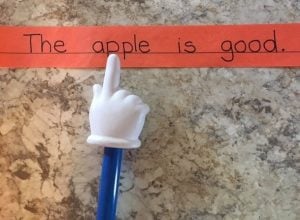
- Hearing onsets and rimes: Can the child segment cat into c + at? Or shop into sh + op? The onset is the first part of the word before the vowel. The rime is the rest of the word starting with the vowel. The notion of word families is built on the concept of identifying onsets and rimes. Hearing these is a prerequisite to reading them later. Check out this great piece from Reading Rockets on onsets and rimes: https://www.readingrockets.org/strategies/onset_rime
Segmenting: Segmenting is the practice of separating the individual sounds in each word. Phonemic awareness activities help students attend to this in an oral fashion. Then connecting them with the actual letters is what phonics instruction is based on. Here are a few examples of segmenting for a phonics lesson:
- Listen and look at the word dog. Can you take it apart sound by sound? /d/ + /o/ + /g/
- Listen and look at the word ship. Take it apart sound by sound: /sh/ + /i/ + /p/
- Listen and look at the word feet. Take it apart sound by sound: /f/ + /ee/ + /t/
This is the skill we want students to be able to do when they are spelling/writing the words. Ask them: “What do you hear? Say it slowly and listen for all of the sounds.” Use of Elkonin boxes and “The Arm” are helpful tools for children to visually and auditorally isolate the individual sounds. See more information about this at the end of this post.
Blending: While segmenting is a worthwhile skill, it is the actual blending we want students to be able to do quickly and smoothly so it hooks the letters/sounds together and doesn’t sound choppy as they are reading.
Here are a few methods to help with segmenting and blending:
Elkonin Sound Boxes: A box is used or drawn for each sound in the word. To me, these are most helpful with single-syllble predictable short as well as long vowel words. I use them often with spelling to help a child notice the different sounds. Then once the sound is identified, the corresponding letters can be put in the boxes. IMPORTANT: Draw an arrow under the sound boxes for students to trace with their finger under the letters to make sure they are not choppy, but hooking the letter sounds together (blending). Here are some resources to help with using this tool.

For cvce words, the silent e would be placed outside the last box. Why? The e does not make a sound, but it is part of the spelling. This also may give the student the opportunity to practice the “flip the vowel” strategy when reading cvce words. If they try the short vowel sound, but it doesn’t make sense or sound right, then flip to the long vowel sound.
“The Arm” Method: Take advantage of the 3 parts of the arm to model the 3 sounds in a word by pointing to the shoulder (beginning sound), inside of elbox (middle sound), and hand (end sound). Tapping each part of the arm is the segmenting portion. Then blend the sounds together by running your hand down the length of your arm as you quickly blend together to pronounce the word. Again, this provides a visual and auditory model for students.
“Drive-Thru” Method: PLEASE watch this video from Reading Rockets showing the Drive-Thru method for segmenting and blending. I love it! The teacher models first using a large toy car on the whiteboard as she/he “drives” to each sound, slowly at first, then faster to accomplish blending the sounds together quickly. The letters making up the beginning, middle, and ending sounds are placed at different parts of the board — but still in order. Notice the consonants are placed at the bottom, with the vowel(s) at the top. I presume this is to give the students more of the experience of “driving” as they go from one sound to the next (as opposed to putting them in a straight line like in sound boxes). After the teacher models this with a few examples (the “I do / We do” parts of the lesson), then students practice the “you do” part with their own little Hot Wheels / Matchbox cars.
Here is the link to the Reading Rockets article and video about Segmenting and Blending. Click on the article and then you will see the short “Drive-Thru” video. You will see cvc words, words with blends, etc.
Connecting to Spelling and Writing
- Help students use the “arm” method to break apart or stretch out words to hear the sounds they are trying to spell.
- Ask students: What do you hear? Write the letters down in the order you hear them.
- Provide students with magnetic letters and pre-made sound boxes to make the words they are trying to spell. Here is my sound box template (2 sides): Sound Boxes CE
- Use picture cards along with sound boxes for students to spell (see resource above).
- For weekly spelling words, make sure students can segment and blend the letters together on their own so they can do this while they are taking their spelling test. For KG or first grade assessment (and maybe some second graders), I definitely recommend using the “arm” method or provide a sound box template for students to use. And to help students gradually get the idea of a spelling test, I would recommend the teacher segmenting the sounds for the words involved (once), then asking students to do that out loud (as many times as they need to in order to write the correct letters). This is a scaffolded task to teach students this is what they should eventually be doing on their own. It would go something like this on a pre-test or test:
- Your first word is “hop.”
- Listen to the sounds: /h/ + /o/ + /p/
- Now you say the sounds as you write the letters. Say them over and over until you are done spelling the word.
- Use your arm (or pre-printed sound boxes for test day) to help you as well.
- The next word is “fog.” . . . .
Next time I will focus on substituting and deleting phonemes, and their connections to reading words with common rimes. Have a great week!!

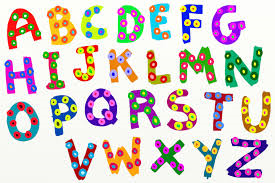
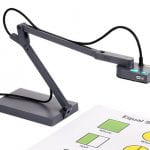 Before I go on, one important piece of equipment in case you are working from home and not at school would be a document camera. I know from my experience that physically holding something up to the camera for a student to see isn’t always a good idea. For one thing, it covers your face. It wiggles when you hold it. It can appear backwards (unless you uncheck “mirror my video” if using Zoom). While the type of document camera purchased for your classroom is likely too costly for home use, there are many small portable ones (see Amazon) in the $100-200 price range that connect to your device via a usb port. With their downloaded software you will be in business! I use one from Ipevo which I love!
Before I go on, one important piece of equipment in case you are working from home and not at school would be a document camera. I know from my experience that physically holding something up to the camera for a student to see isn’t always a good idea. For one thing, it covers your face. It wiggles when you hold it. It can appear backwards (unless you uncheck “mirror my video” if using Zoom). While the type of document camera purchased for your classroom is likely too costly for home use, there are many small portable ones (see Amazon) in the $100-200 price range that connect to your device via a usb port. With their downloaded software you will be in business! I use one from Ipevo which I love!

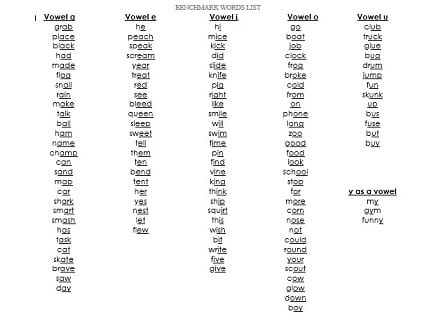
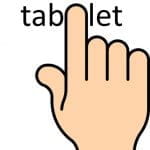
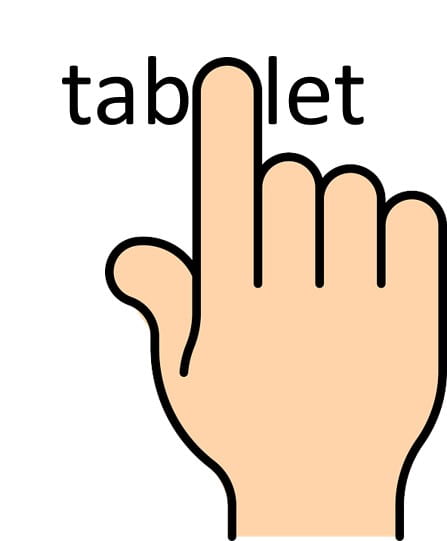



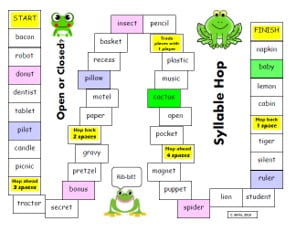
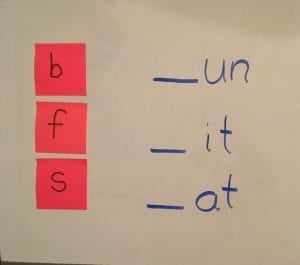
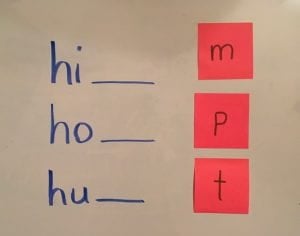
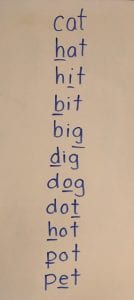
 wonderful methods to accomplish this. We will look at separating sounds (segmenting), combining sounds (blending), and ways to connect to spelling/writing using these methods. Plus, I will recommend some resources to help with teaching and practicing this in your classroom.
wonderful methods to accomplish this. We will look at separating sounds (segmenting), combining sounds (blending), and ways to connect to spelling/writing using these methods. Plus, I will recommend some resources to help with teaching and practicing this in your classroom.

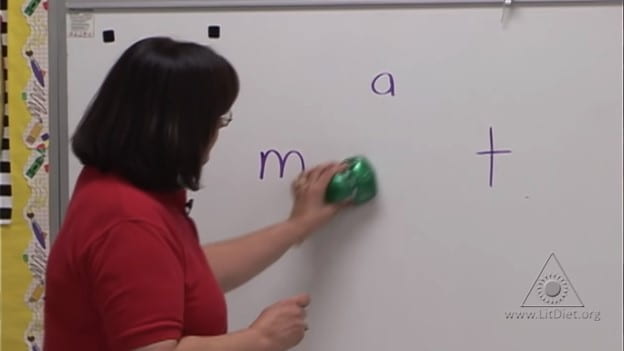

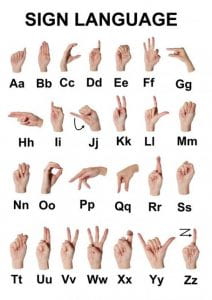

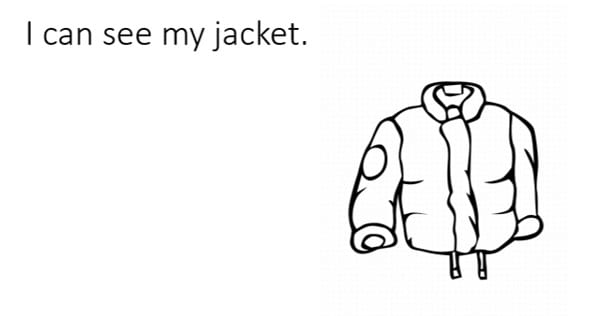
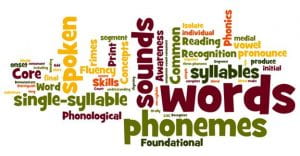
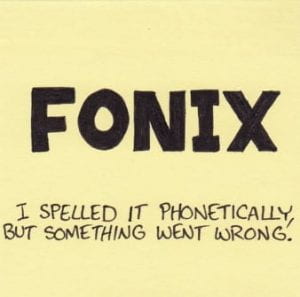
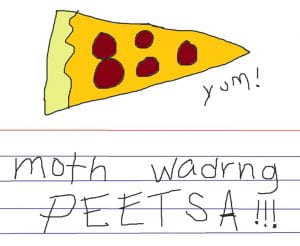

 Free phonics lessons:
Free phonics lessons:

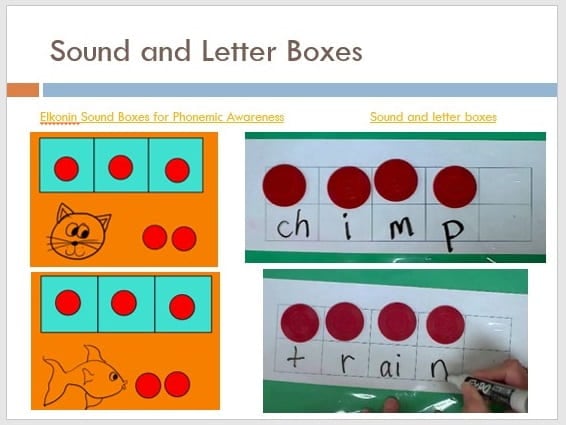


 This means if they try one sound and it doesn’t make sense, to try the other sound the vowel makes. This is a quick prompt without the teacher going into a mini-lesson on vowel rules. As a visual reminder, I flip the palm of my hand from one side to the other.
This means if they try one sound and it doesn’t make sense, to try the other sound the vowel makes. This is a quick prompt without the teacher going into a mini-lesson on vowel rules. As a visual reminder, I flip the palm of my hand from one side to the other.